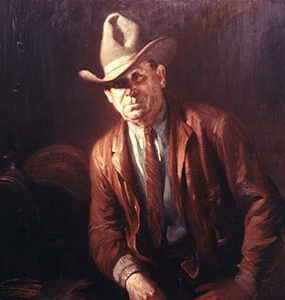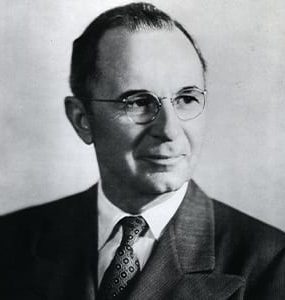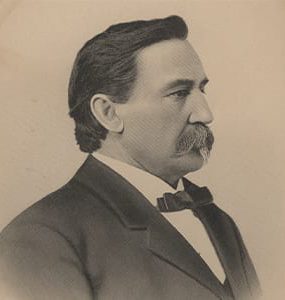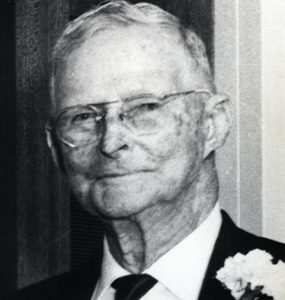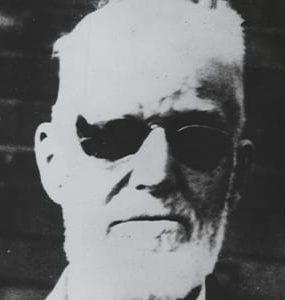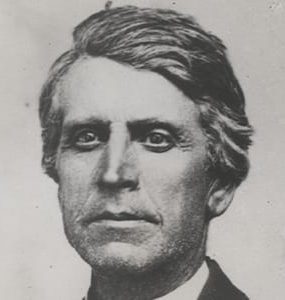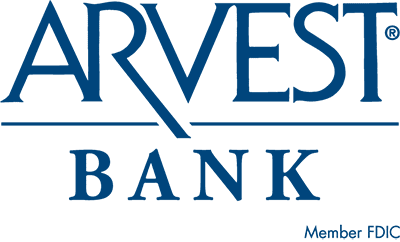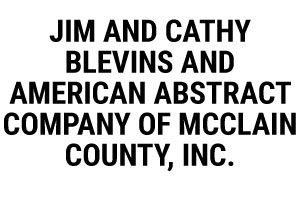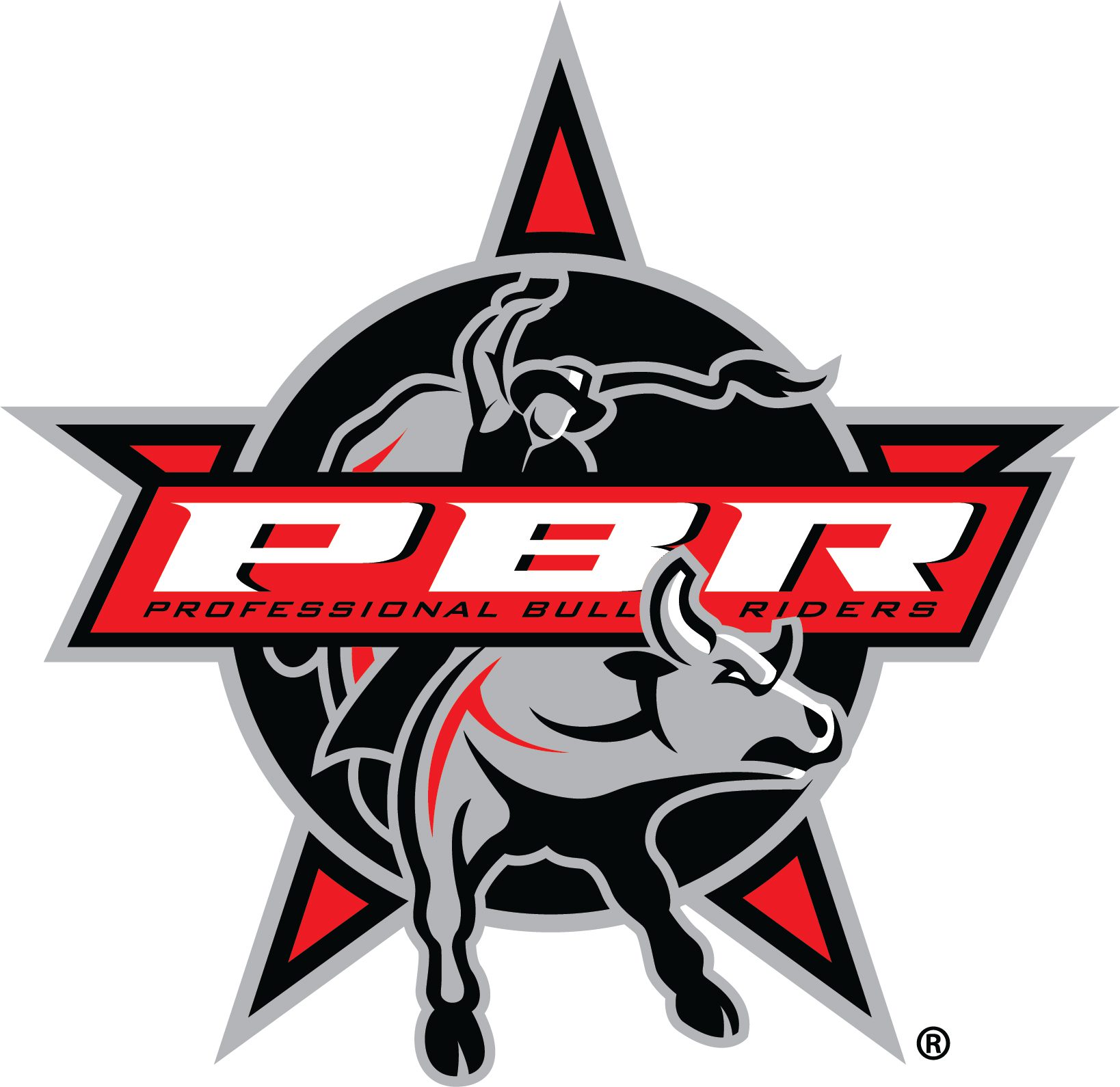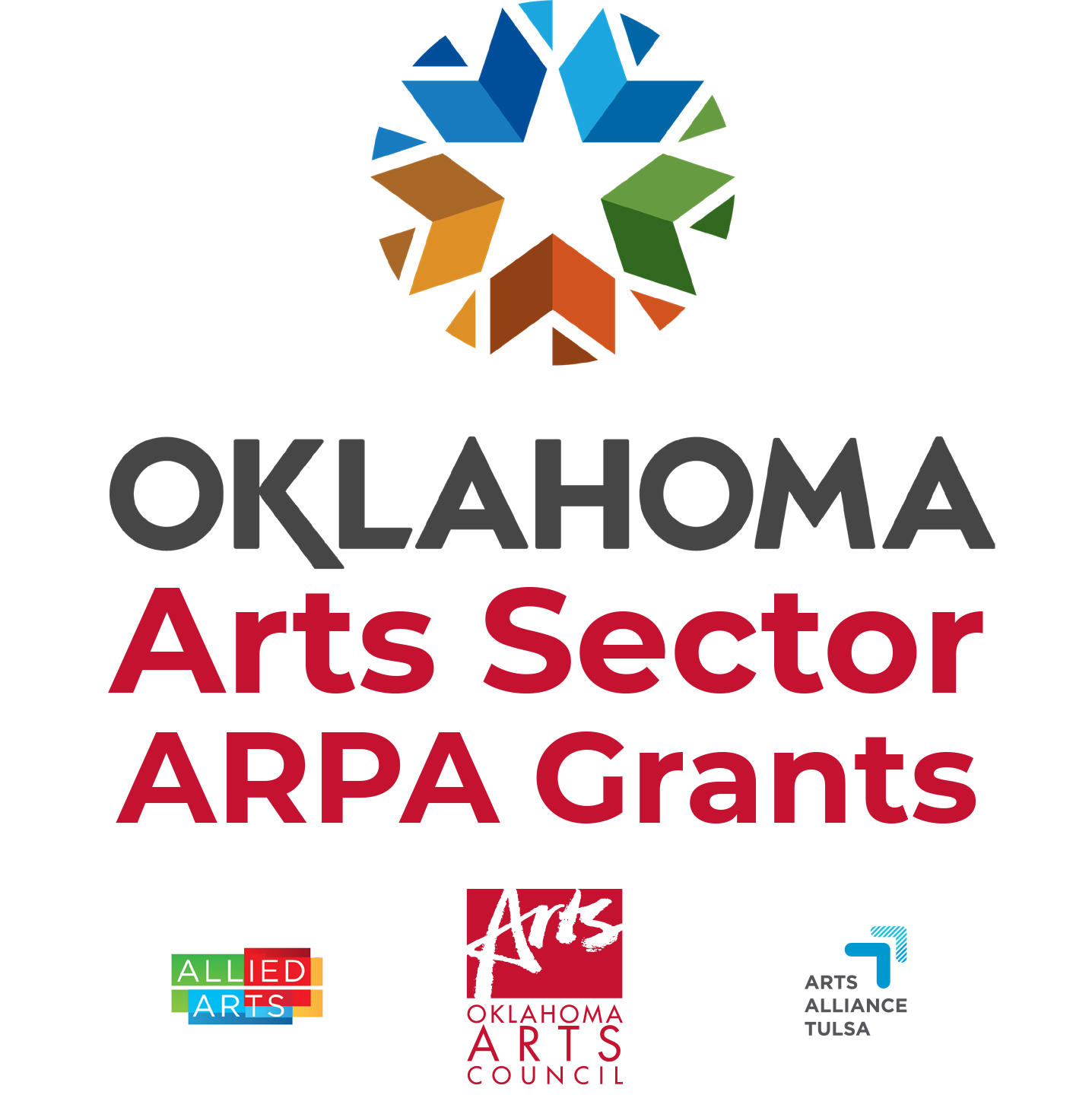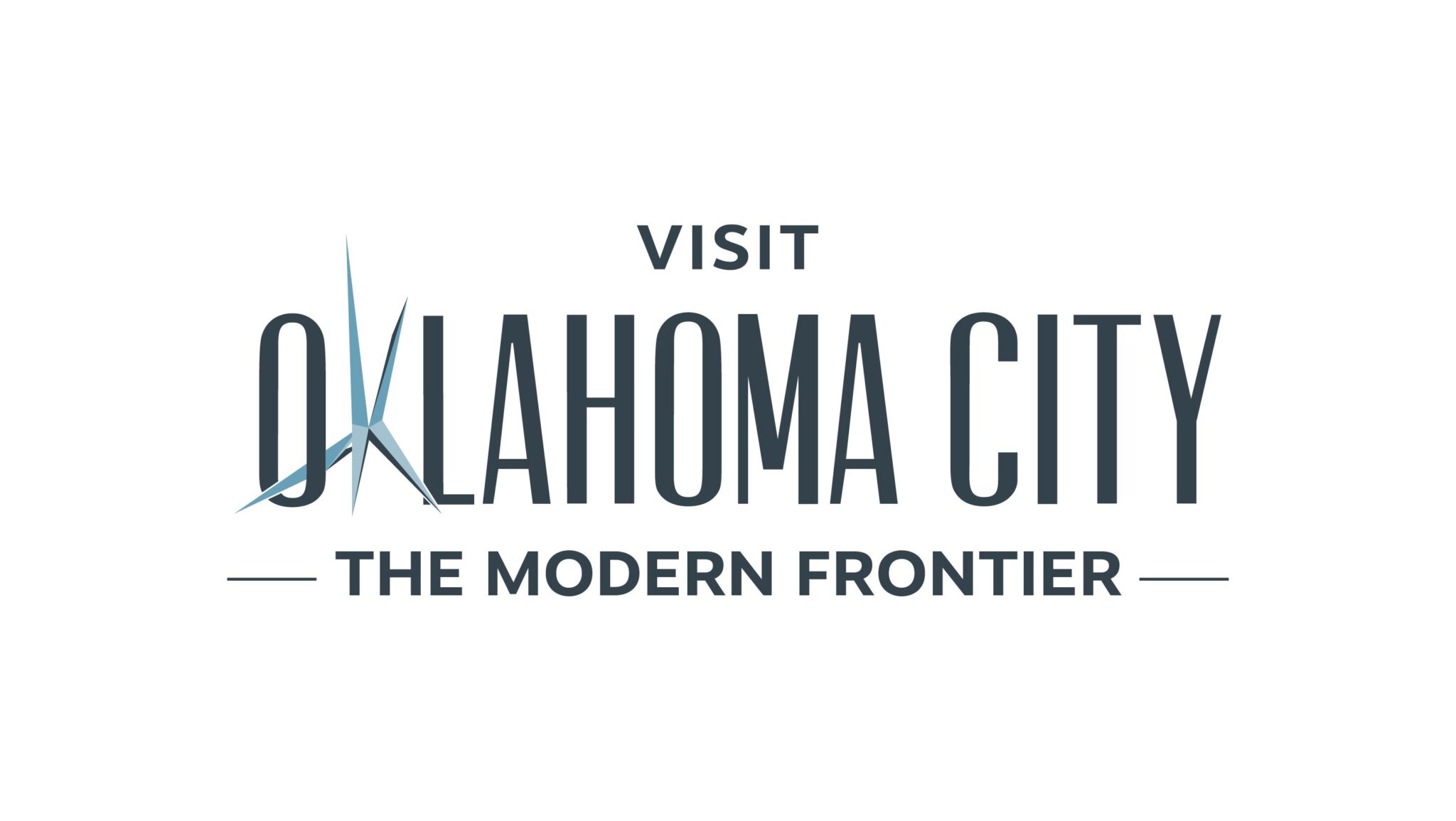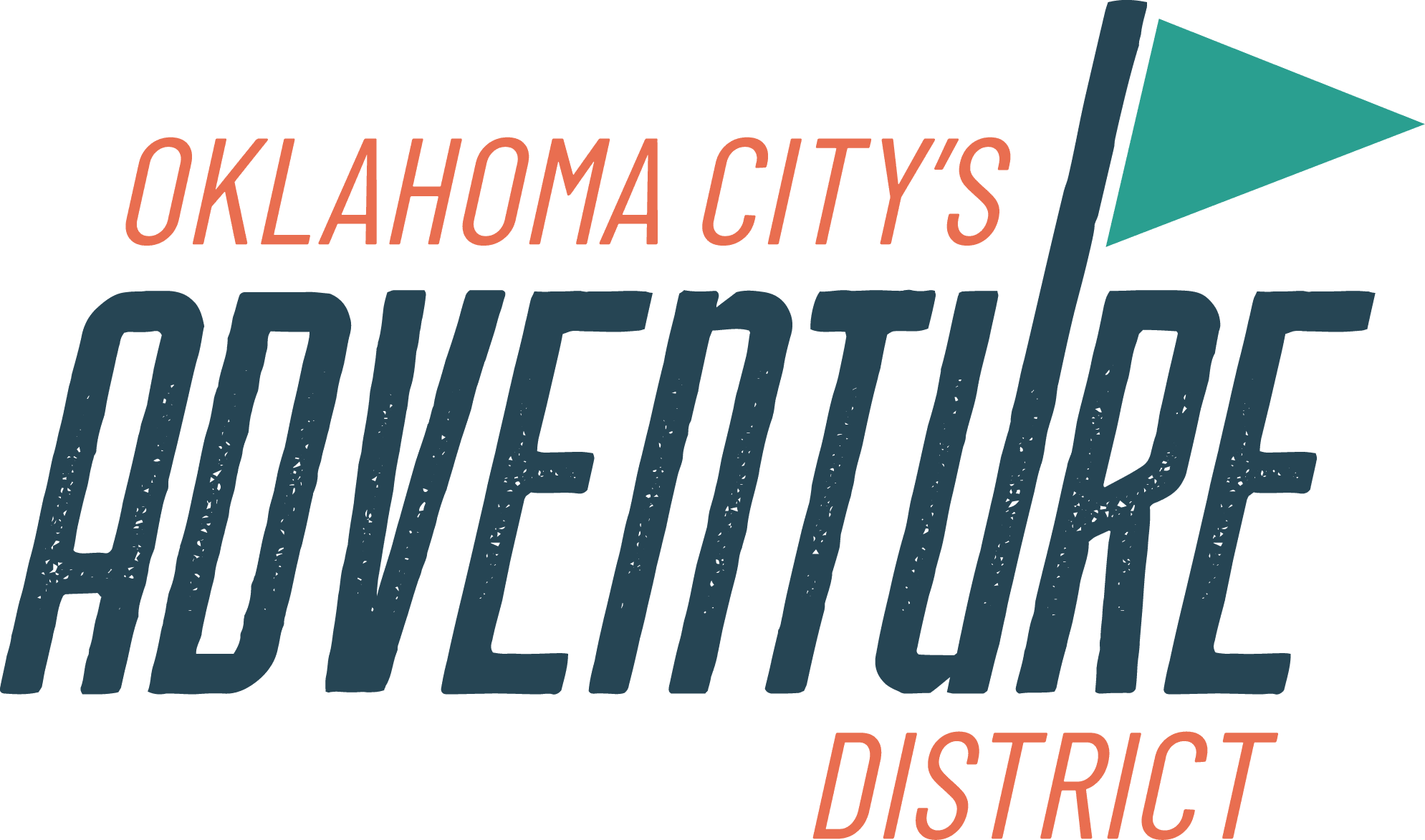Bio
W. Hugh Baber, born in Maxwell, Colusa County, California, played a pivotal role in the agricultural development of the Sacramento Valley. In 1919, he began working for the Parrott Investment Company, overseeing the construction of an irrigation system on its Llano Seco Rancho in Butte County. Baber served as Ranch Superintendent until his death in 1968 and became a company director from 1964-1968. Under his leadership, the ranch evolved from a wheat-focused operation to a diversified enterprise, producing cattle, sheep, hogs, rice, and various crops.
Baber was instrumental in the founding of the Rice Growers Association of California in the early 1920s, serving as vice-president until his death. He also played a key role in forming the California Central Valley Flood Control Association and the Sacramento River and Delta Water Users Association, becoming its first president. He recognized the economic advantages of marketing finished cattle, so he established a feedlot capable of handling 4,000 cattle annually.
Active in numerous agricultural organizations, Baber served as president of the California Wool Growers Association and the California Cattlemen’s Association. In 1953, he was honored as “California Livestock Man of the Year.” His influence extended to national levels, including testifying before the U.S. Tariff Commission on meat and wool imports and serving as president of the National Wool Growers Association.
In 1971, Baber was inducted into the Hall of Great Westerners for his contributions to agriculture, irrigation, and livestock management. Known for his dedication to civic affairs and the agricultural community, Baber’s legacy continues to influence California farming.
